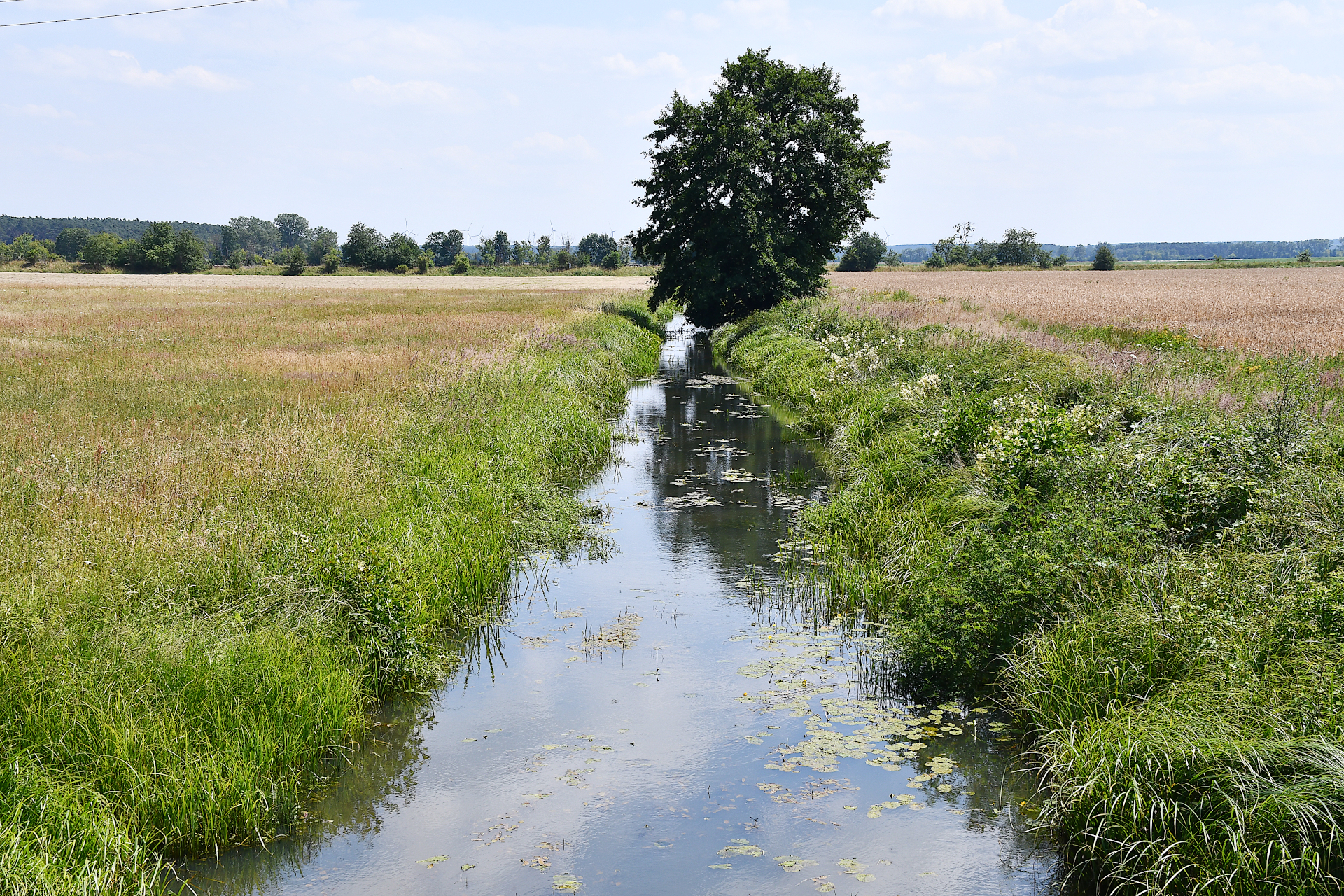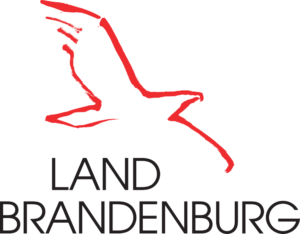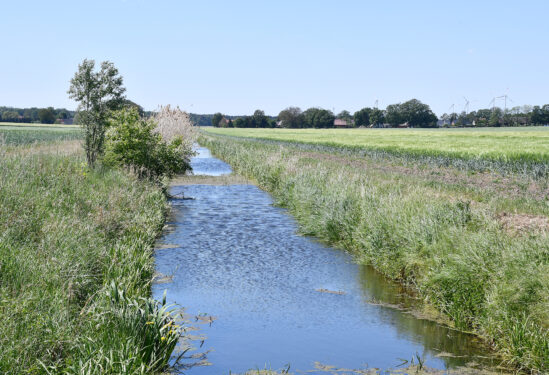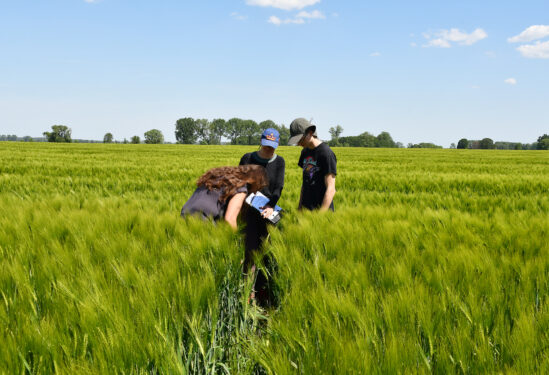The increase in dry periods during the growing season, some of which last for weeks, poses a challenge for ecosystems and land management. The negative effects of the spring and summer drought are also noticeable today in the lowlands close to groundwater, whose intensive utilisation was only made possible by large-scale drainage. Two-way drainage structures, which can both lower and raise groundwater levels by means of controlled ditch damming, rarely function anymore. In addition to climatic changes, the reason for this is insufficient water retention in the area. Although adaptation to the changed conditions is urgently required, the adaptation process is only progressing slowly. This is due to administrative and economic barriers to improved water retention.
The aim of the project is to develop solutions for water retention that ensure the preservation of agricultural usability while simultaneously improving plant water supply. All sites close to groundwater are being considered, i.e. peat soils and peatland soils as well as mineral sites. The project is being carried out practically in a transdisciplinary network with agricultural enterprises, water associations and the Niederlausitzer Landrücken Nature Park.
In the first sub-project, best-practice examples are being developed together with two farms in southern Brandenburg. These are intended to demonstrate in a transferable manner how the planning and implementation of measures to improve water retention can be approached in concrete terms, how problems that arise can be solved and what effects can be expected on the water balance and for one’s own area of activity. To this end, year-round high water retention on the two farms will be proved at the level of a ditch system and the effects on yields and the landscape water balance will be investigated. The project is flanked by intensive public relations work to disseminate the results and encourage imitation.
The second sub-project is dedicated to the development of a management concept for the Kremitz sub-catchment area, in which the Fichtwald peatland is embedded as the largest fen in southern Brandenburg. The focus is on measures that improve water availability on a catchment area basis, even under progressive climate change. Firstly, various hypotheses must be tested to explain the water shortage in the area. The measures must then be derived, evaluated and planned to such an extent that implementation can begin immediately after the end of the project.

Project Funding
Ministerium für Landwirtschaft, Umwelt und Klimaschutz des Landes Brandenburg



